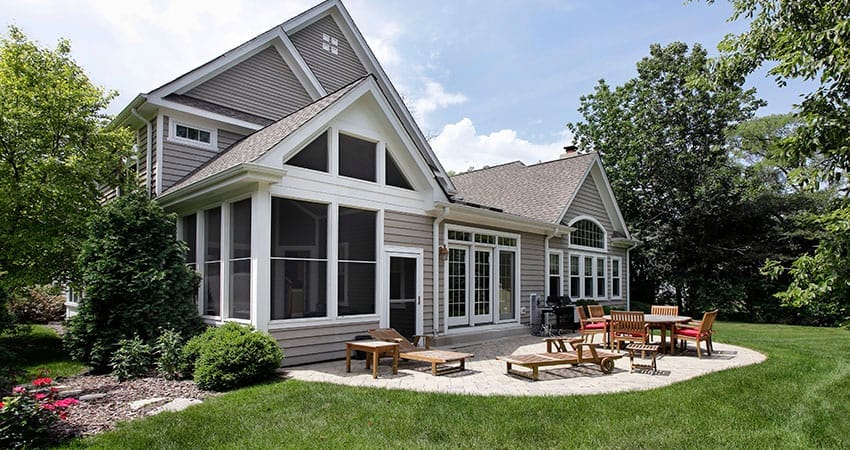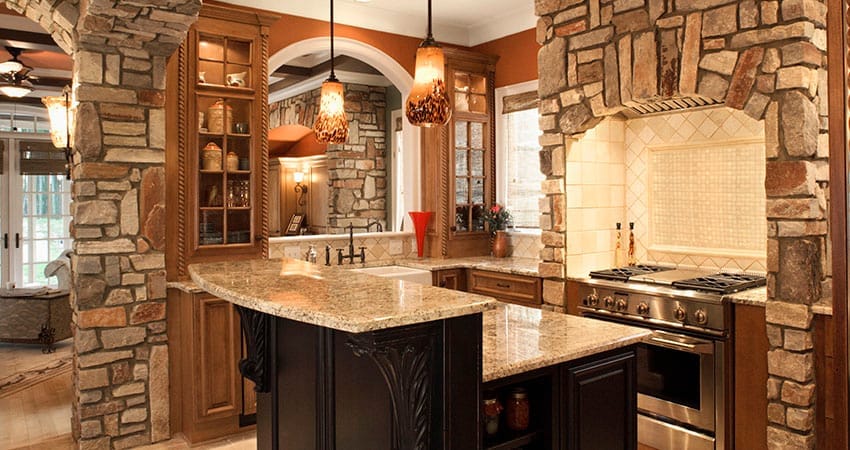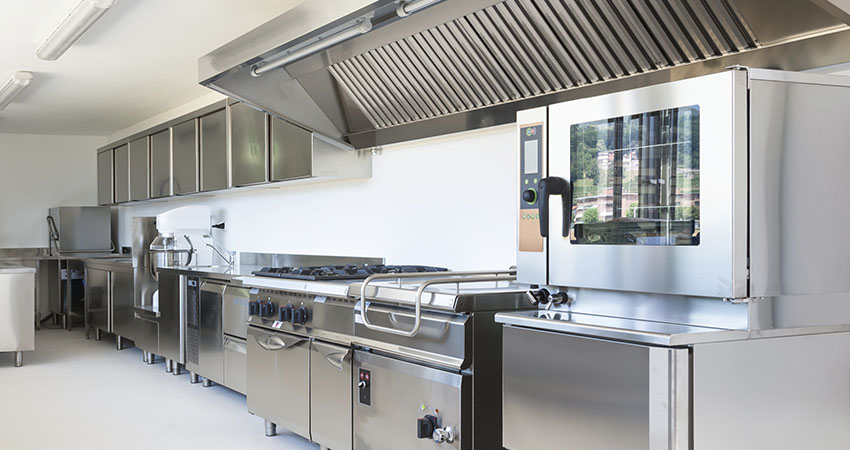Outdoor living spaces have evolved dramatically as homeowners seek new ways to unwind and entertain. A classic wooden structure extending from the backyard can feel both timeless and modern, depending on the design. This is where pergola builders make their mark, crafting open-air frameworks that fuse function with aesthetics. It’s captivating how a simple lattice atop sturdy posts can redefine a patio, turning it into a shady retreat or a vine-covered sanctuary. Whether you aim for a casual nook to read and sip tea or a lively spot to host barbecues, a pergola adapts to the environment and personal preferences. Some designs lean toward rustic charm, featuring rough-hewn timbers that complement natural landscapes, while others embrace a sleek, contemporary look with metal or composite materials. For homeowners, the joy lies in customizing these elements to create a truly one-of-a-kind extension of the home. It’s thrilling to imagine how each beam, support, and slat contributes to the final ambiance.
Defining Style and Purpose
Before construction begins, deciding on the style and primary use of the pergola is essential. Do you envision a fully covered area that shields you from sun and light rain, or do you prefer a semi-open roof that allows glimpses of the sky? It’s beneficial to think about the vibe you wish to cultivate—cozy and intimate or breezy and open. Some homeowners incorporate built-in seating, fire pits, or even small outdoor kitchens beneath the pergola. The structure can also serve as a transitional area between the house and the garden, creating a defined pathway that feels intentional. Material selection is another factor that can’t be overlooked. While wood offers warmth and tradition, vinyl and aluminum frames require less maintenance and may suit a more modern aesthetic. Working closely with experts helps align these choices with the realities of local climate, budget, and personal style.
The Role of Craftsmanship
One major difference between a lasting pergola and a flimsy imitation comes down to construction quality. Skilled builders not only secure the framework using reliable fasteners but also pay attention to grain direction, load distribution, and finish. It’s astonishing how an experienced hand can shape and join beams in ways that enhance both stability and beauty. Finishes, such as stain or paint, not only protect the wood from moisture and UV damage but also unify the pergola’s look with the rest of the property. Whether it’s classic cedar or modern composite material, the workmanship must be precise to endure different seasons with minimal wear. After all, this is an investment that should provide enjoyment for years. By emphasizing both aesthetics and structure, expert pergola builders help homeowners maximize the return on their investment, ensuring each board or bracket serves its purpose.
In the middle of exploring outdoor options, homeowners might also encounter gazebo builders Long Island who specialize in fully or partially enclosed pavilions. Gazebos share some features with pergolas but differ in their typical shape, often round or octagonal, with a more sheltered roof. It’s impressive how a gazebo can function as the focal point of a garden, offering wraparound views and a sense of enclosure. They’re popular settings for events like weddings, providing a romantic, open-air backdrop without exposing guests to the elements. Gazebos can also house dining sets or hot tubs, extending the usability of outdoor spaces in cooler or drizzly conditions. While both pergolas and gazebos offer shelter and style, each has distinct features to consider. Balancing your aesthetic vision with practical needs will help you decide if a pergola’s airy framework or a gazebo’s cozier enclosure aligns better with your lifestyle. It’s inspiring to see how these architectural choices frame nature, blending indoor comforts with outdoor freedom.
Designing for Shade and Climate
One of the main reasons people invest in these structures is to create a comfortable outdoor environment despite weather variations. Climatic considerations influence decisions about roof styles, materials, and additional features like retractable canopies or side panels. For areas with strong sunlight, thicker roof slats or UV-resistant fabrics can be indispensable for keeping temperatures down. In regions prone to heavy rain or snowfall, robust support systems and angled roofs are crucial for long-term durability. Pergolas might include climbing plants that provide natural shade, while gazebos often incorporate shutters or windows for ventilation. It’s amazing how thoughtful design transforms a simple structure into a year-round haven. By analyzing local weather patterns and selecting materials that withstand these conditions, homeowners ensure that their newly added space remains inviting throughout the seasons.
Enhancing Landscape Integration
Pergolas and gazebos can act as bridge elements between the house and the broader landscape. Instead of existing in isolation, they become part of a cohesive outdoor environment that includes pathways, flower beds, and water features. It’s enchanting to see how a skillful arrangement of plants and hardscapes can accentuate the structure, drawing attention to its unique silhouette. Some homeowners drape the pergola with wisteria or ivy, creating a living canopy that changes with the seasons. Others opt for carefully placed lighting that highlights the architecture at dusk. A synergy emerges when the structure echoes shapes, colors, or materials already present in the home’s design, forming a unified appearance. This wholeness can elevate the property’s curb appeal and enhance the overall enjoyment of the space. People often discover that time spent under these outdoor roofs becomes a cherished part of their daily routine, whether they’re hosting gatherings or simply savoring a quiet moment alone.
Long-Term Maintenance and Care
Although many modern building materials offer durability, some upkeep remains essential. Wood structures, for example, may need periodic sealing, staining, or painting to ward off rot or insect damage. It’s wise to schedule inspections that catch any issues before they escalate, such as loose boards or rusted hardware. Gazebos might require window cleaning or roof shingle replacement depending on the model. Maintaining a clean roof also helps water drain properly, reducing the chance of moisture buildup. With consistent attention, these outdoor assets can remain sturdy and visually appealing for decades. Neglecting maintenance risks turning a picturesque retreat into a shabby corner of the yard. By being proactive, homeowners protect their investment and keep the structure safe for family and guests. Best of all, these small efforts reward you with a charming spot to relax or socialize, season after season.
Conclusion
Ultimately, the decision to hire pergola contractors Port Jefferson or opt for a gazebo installation hinges on how you want to live and entertain outside. It’s rewarding to see how a well-designed wooden or vinyl frame can integrate seamlessly with your existing architecture, expanding the notion of home beyond four walls. Whether you lean toward the open elegance of a pergola or the sheltered intimacy of a gazebo, these features foster a closer connection to nature. When done right, they become an extension of your personal style, serving as a backdrop for gatherings or peaceful evenings alone. It’s gratifying to watch family and friends congregate under a space you helped design, confident that it can handle changing weather and shifting social dynamics. In the end, working with dedicated contractors ensures the details align perfectly, leaving you with a distinct, functional, and beautiful outdoor haven that stands the test of time.



